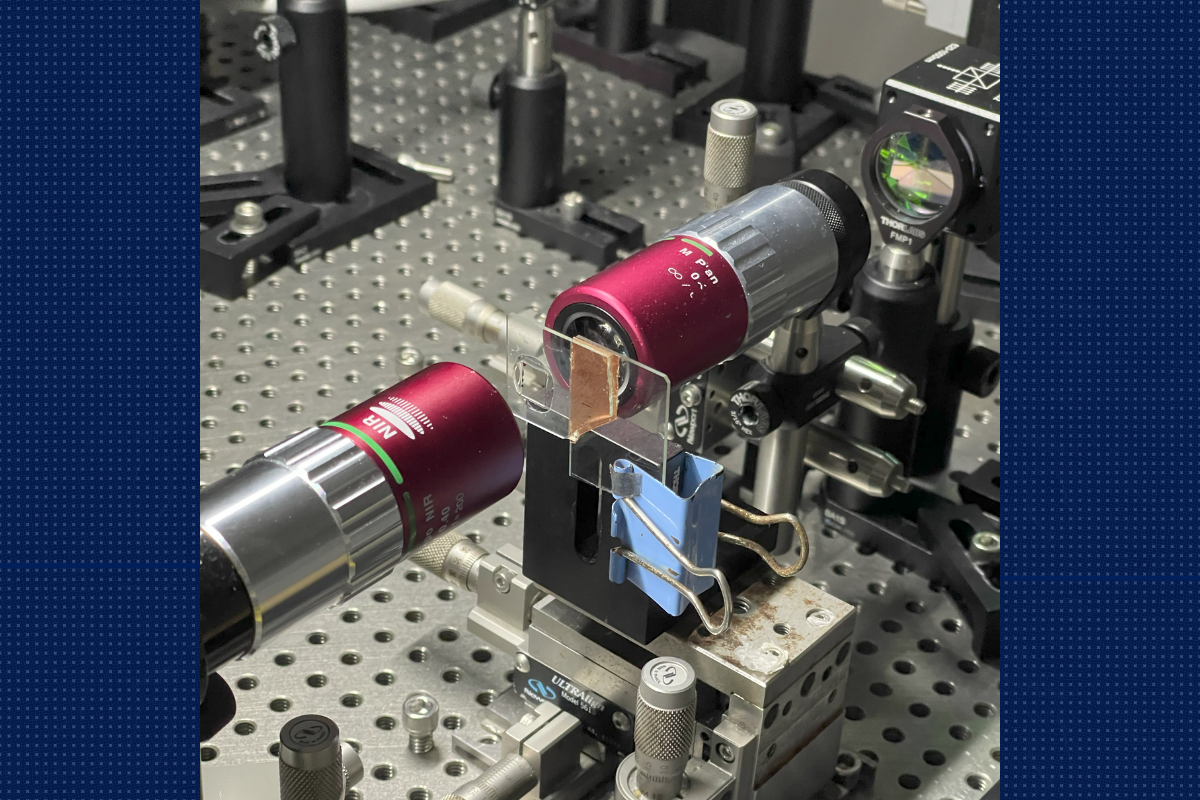
In the realm of quantum information distribution, sending a signal from point A to point B is like a baseball pitcher relaying a secret pitch call to the catcher. The pitcher has to disguise the signal from the opposing team and coaches, base runners, and even onlookers in the stands so no one else cracks the code. The catcher can’t just stay in one spot or rely on the same finger pattern every time, because savvy opponents are constantly working to decipher any predictable sequence. If the signs are intercepted or misread, the batter gains an advantage, and the entire inning can unravel for the pitcher.
But what if there was a way for pitchers to bolster their signals by adding extra layers of “dimensionality” to each call, effectively increasing the chances of delivering it correctly to the catcher no matter how many eyes are watching? What if by incorporating more nuanced gestures—a subtle shift in glove position, a specific tap on the mound—the pitcher could craftily conceal their intentions? With this higher-dimensional approach, the coded message could zip right past the other team’s efforts to steal the signs and land reliably in the catcher’s mitt.
Now, research led by Liang Feng of the University of Pennsylvania and collaborator Li Ge at the City University of New York and published last week in Physical Review X has resulted in a newly developed compact microlaser that transmits coded information more securely. Instead of the conventional two-dimensional quantum bits (qubits) that encode quantum information within a two-level system, the microlaser uses a higher-dimensional alternative, known as qudits, vastly expanding the capacity and resilience of quantum communication—akin to a pitcher layering multiple subtle gestures to avoid tipping pitches. This innovation allows quantum messages to carry more information while being less prone to interference, laying the groundwork for the future of secure, high-dimensional quantum networks.
“What we did, essentially, was shrink the gigantic optical setup that researchers typically use to create quantum signals onto a small laser chip,” says Feng, professor of electrical and systems engineering at the School of Engineering and Applied Science. “In this case, the corresponding energy consumption is quite low compared to what is being done today, but also the signal is far more robust.”
Given its compact, sleek design, Feng notes that the device can be made portable, which means a user, say a banker on Wall Street receiving encrypted tokens, can walk around with it without the noise of busy New York streets interfering with the signals being sent and received.
